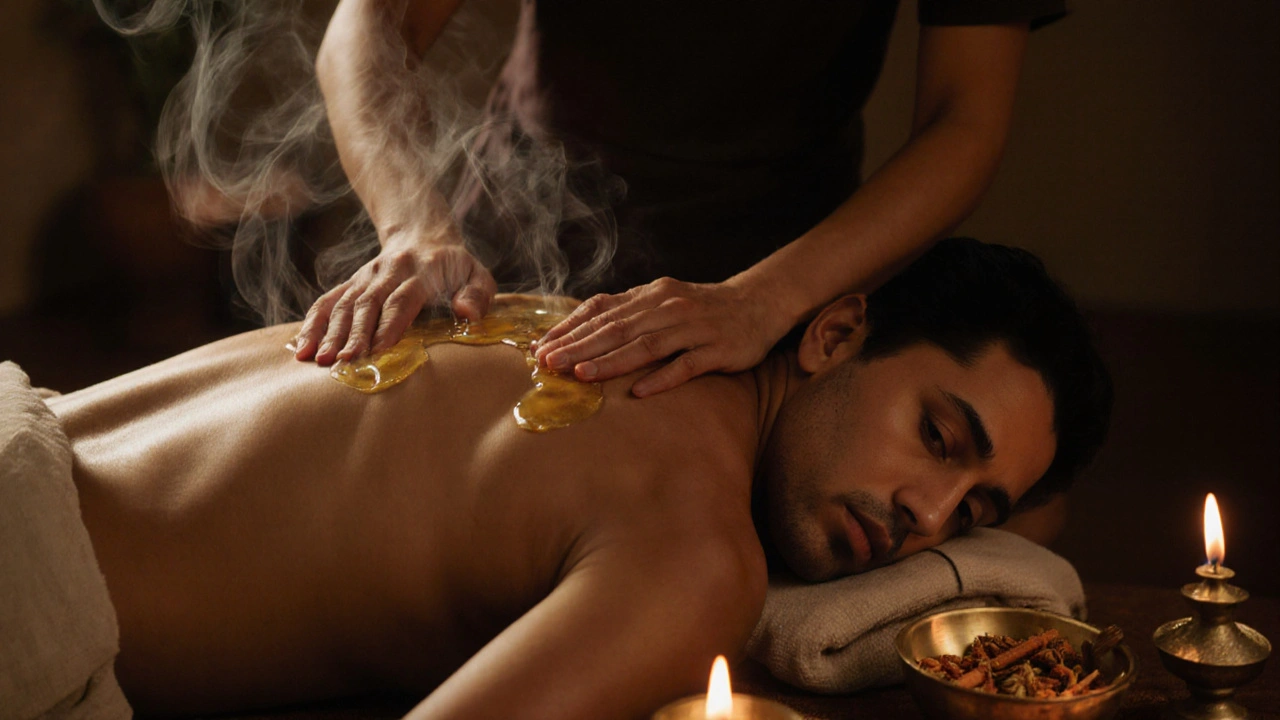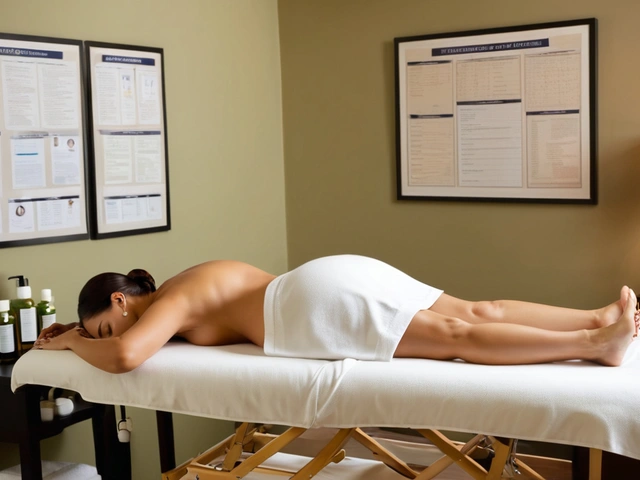Holistic Bodywork: Practical Guides for Wellness
Ever wonder why more people talk about "holistic bodywork" instead of just a regular massage? It’s because this approach looks at the whole person – muscles, nerves, breath, and even mindset. You’ll feel the difference when each session targets tension, posture, and energy together.
Why Try Holistic Bodywork?
First, it works on more than just sore muscles. Techniques like Rolfing or Hellerwork aim at the diaphragm, rib cage, and spine, helping you breathe easier and stand taller. When you move better, daily tasks feel lighter and stress drops.
Second, many of these practices are safe to try at home. Simple self‑massage steps from chair massage or acupressure can calm a racing mind in minutes. You don’t need a fancy studio; a pillow, a strap, or even a smooth stone can become a tool for relief.
Lastly, holistic bodywork often blends old traditions with modern science. Think of Filipino Hilot or the ancient art of Amma massage – both respect cultural roots while delivering evidence‑backed benefits like reduced inflammation and improved circulation.
Popular Techniques You Can Start Today
Swedish Massage – the classic full‑body rub that releases tension and boosts circulation. A 60‑minute session usually includes long strokes, kneading, and gentle stretches.
Rolfing (Structural Integration) – focuses on the fascia surrounding muscles. By releasing tight spots in the rib cage and diaphragm, it can improve breathing and posture dramatically.
Feldenkrais Training – not a massage but a movement practice. Small, slow motions teach your brain new ways to move, reducing pain and enhancing flexibility.
Acupressure – press specific points on your body to calm stress, ease headaches, or improve digestion. You can learn a few points online and apply them whenever you feel tight.
Stone Therapy – hot or cold stones placed on key areas create deep relaxation and can help with muscle recovery after a workout.
Want to try something new at home? Grab a smooth tennis ball and roll it under your foot for a quick plantar fasciitis fix. Or use a foam roller on your upper back to mimic a therapist’s hand pressure.
When you’re ready for a professional session, ask about the therapist’s training. For example, a certified Hilot practitioner will blend gentle stretches with rhythmic pressing, while a qualified Amma therapist focuses on deep tissue work that targets stubborn back pain.
Remember, the best results come from consistency. A 15‑minute self‑massage before bed plus a weekly full‑body session can keep tension from building up. Track how you feel – note any changes in sleep, mood, or mobility – and adjust the frequency accordingly.
Holistic bodywork isn’t a one‑size‑fits‑all cure, but it offers a toolbox of simple, effective methods to support your body and mind. Pick one technique that feels right, give it a few weeks, and see how your everyday comfort improves.

Discover the Healing Power of Ayurvedic Massage
Ayurvedic massage uses warm herbal oils and rhythmic touch to balance your doshas, reduce stress, and improve sleep. Unlike regular massage, it’s personalized to your body type and works on deep energetic levels for lasting healing.

Polarity Therapy Guide: Energy Healing Basics, What to Expect & Safety
Curious about polarity therapy? Learn how it works, what a session feels like, evidence, safety, costs, and self-care moves you can try at home.
Categories
- Health and Wellness (148)
- Alternative Therapies (84)
- Massage Therapy (40)
- Travel and Culture (15)
- Beauty and Skincare (9)
- Holistic Health (8)
- Health and Fitness (5)
- Spirituality (5)
- Other (2)
- Personal Development (2)
Popular Articles

Reiki Healing Techniques for Your Beloved Pets
Jan, 19 2025


